Neo Expressionist Architecture Style is most common in religious and public buildings. Neo Expressionist structures are based on the continuity of form and a tendency to avoid the rectangle and right angle. Neo Expressionist Architecture Style has its roots in the first wave of Expressionist architecture that emerged in Germany in 1910, and continued until after World War II. Few examples of early Expressionist architecture are found in America. According to “Architectural Movements of the Recent Past” by Alan Higgins. Although the Neo Expressionist Architecture Style of the mid-1950s has its roots in this earlier movement, it is not simply a continuation or adoption of earlier forms. Neo Expressionist architecture, another rejection of Miesian modernism, is based upon a new breed of artist-architects expressing their own interpretation of form, design, and meaning. Architecture is not based upon symbolism or gained knowledge; instead, meaning is conveyed on a non-intellectual or emotional level and directly through the form
Neo Expressionist Architecture Style
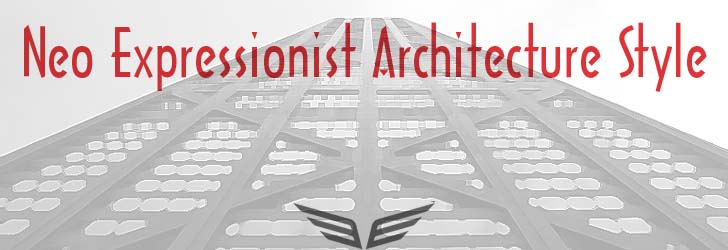
Strict geometric shapes are rejected and sculpted forms emerge. Innovation of building materials such as concrete, plastics, and laminates are often incorporated in the design to achieve the artistic forms. Curved and angled concrete or brick faced walls are common. Dramatic, irregular shapes dominate and arches are common. Sculpted forms rather than geometric shapes dominate. Building materials take advantage of modern innovations in laminates, plastics, stuccoes, and concrete work.
The architecture is meant to evoke an emotional, not an intellectual response. Neo Expressionist Architecture Style is sculpture-like and theatrical in appearance.
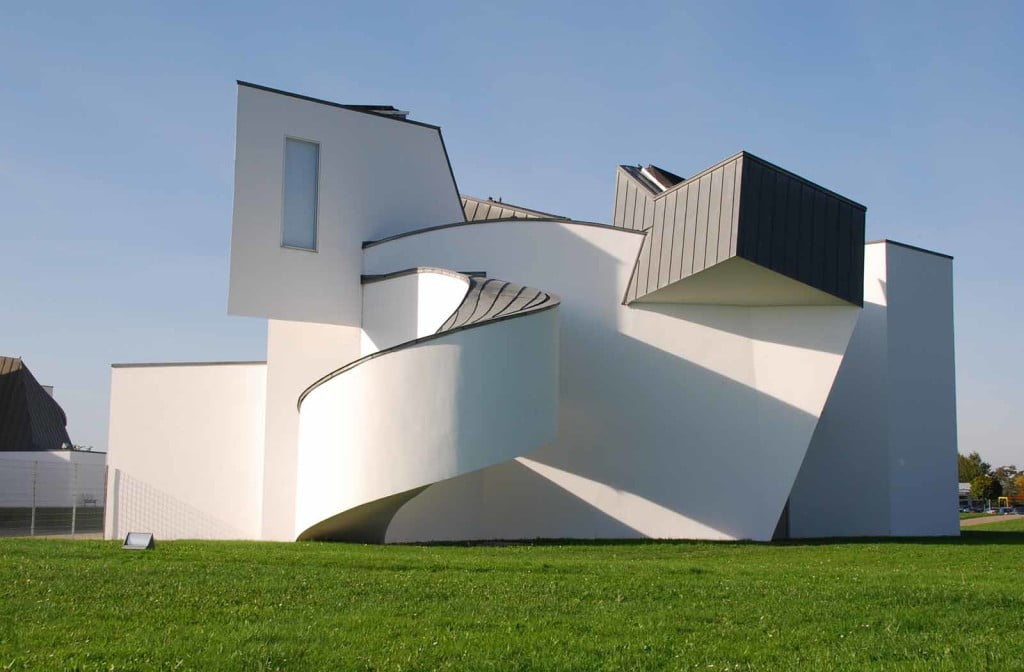
Neo expressionist architecture characteristics and features:
- Curved/Angled Concrete and/or brick walls
- Dramatic, Irregular shapes, Tendency to avoid the rectangle and right angle
- Massive sculpted forms; Concept of architecture as a piece of sculpture
- Emphasis on structural engineering
- Distortion of form for an emotional effect
- Relinquishment of functional qualities for stylistic expression
- Cantilevered Roofs
- Laminated Woods
- Organic Design
- Fragmented lines
- Lack of symmetry is common
- Sculptural forms.
- Non-traditional structural elements.
- Distortion of form to evoke emotion
- Organic design.
- Experimental materials.
- Unconventional roof designs.
- Irregularly shaped windows.
- Same materials used inside and out.
- Roofs as continuation of walls.
- Use of topography as design element.
- Use of cantilever.
- Laminated wood.
- Asymmetrical.
Image gallery of expressionist architecture examples:
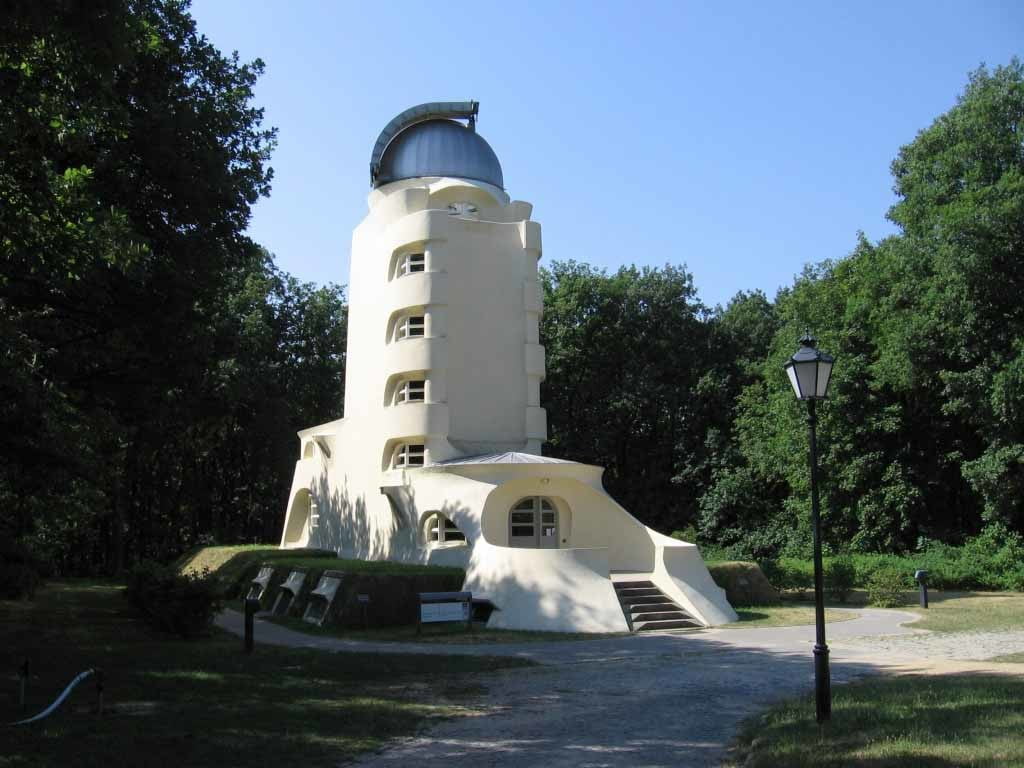
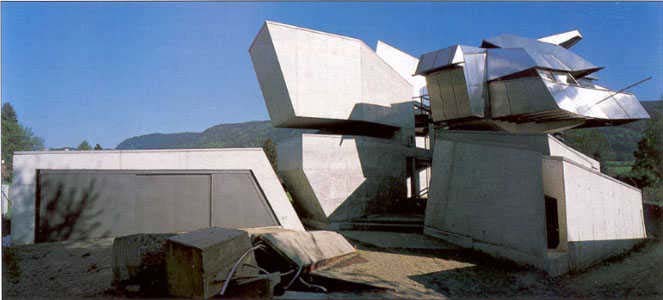

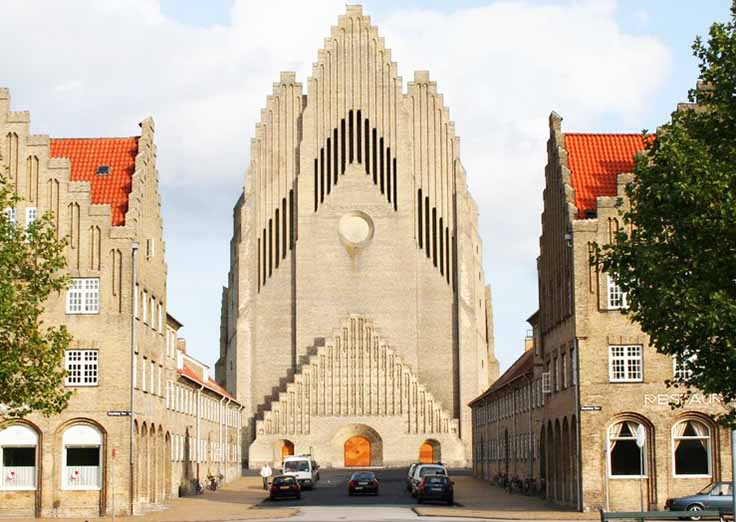
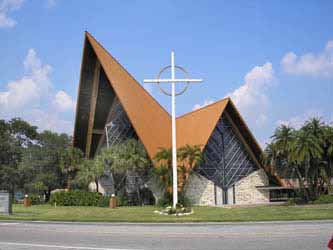
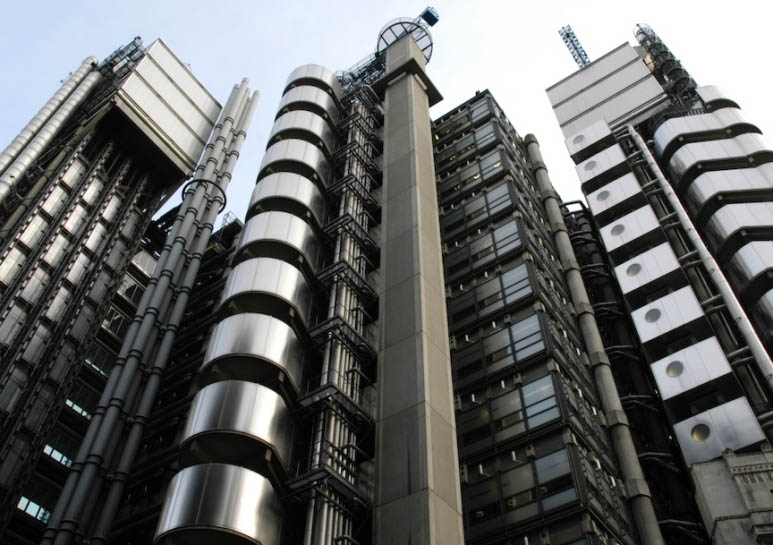
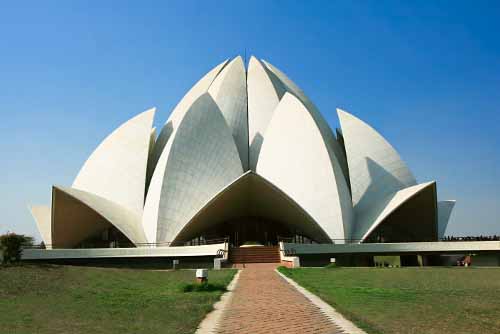
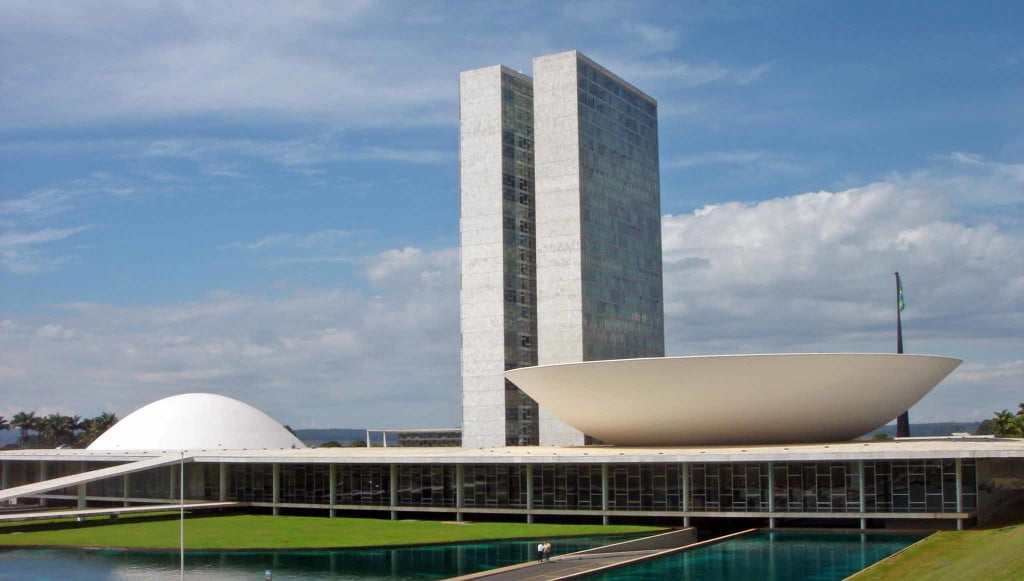
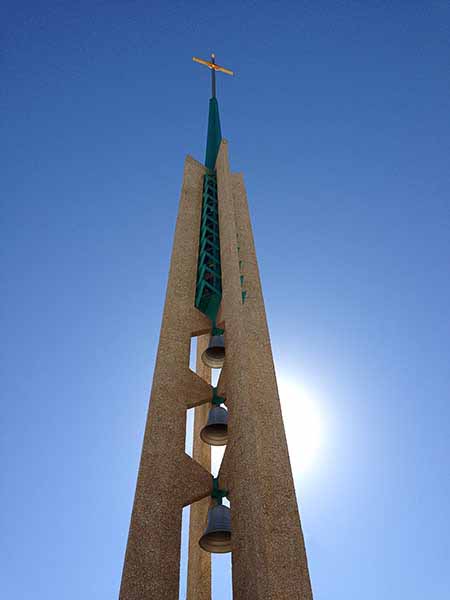
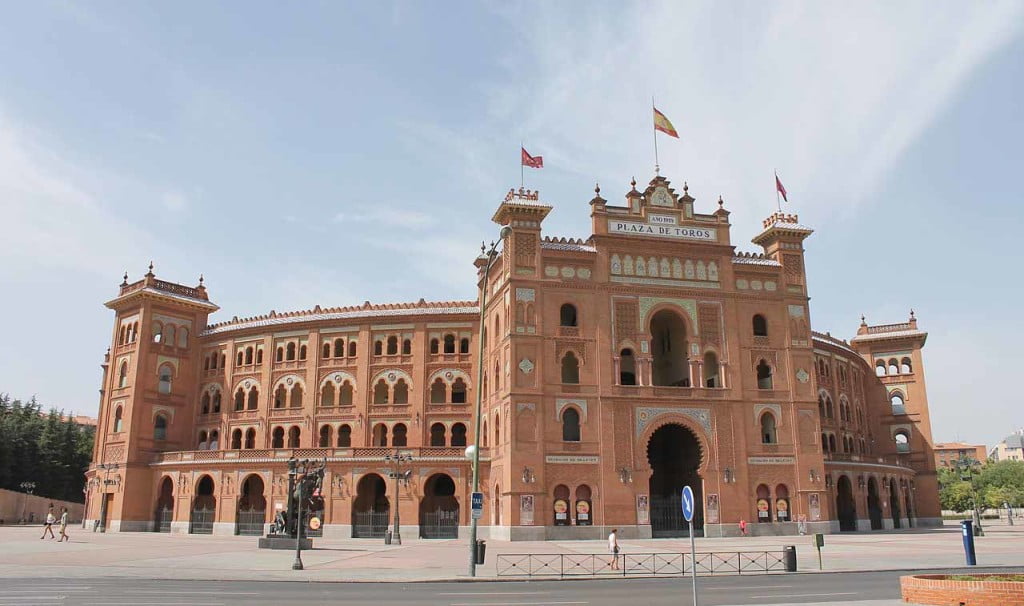
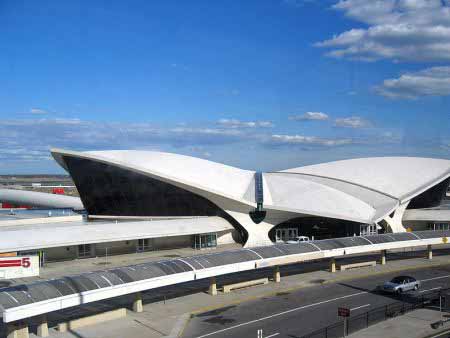
Evaluation of neo expressionist architecture considerations:
Neo Expressionist Architecture Style buildings will most often be considered for eligibility as an individual resource. To be eligible, Neo Expressionist Architecture Style buildings should be sculptural, evoke emotions, and have an unconventional roof design.
Other primary and secondary features will help evoke emotions and the sculptural nature of the building. The setting and area landscaping are often critical components of this architectural style. It is necessary to document the concepts and ideas that were used in the design.